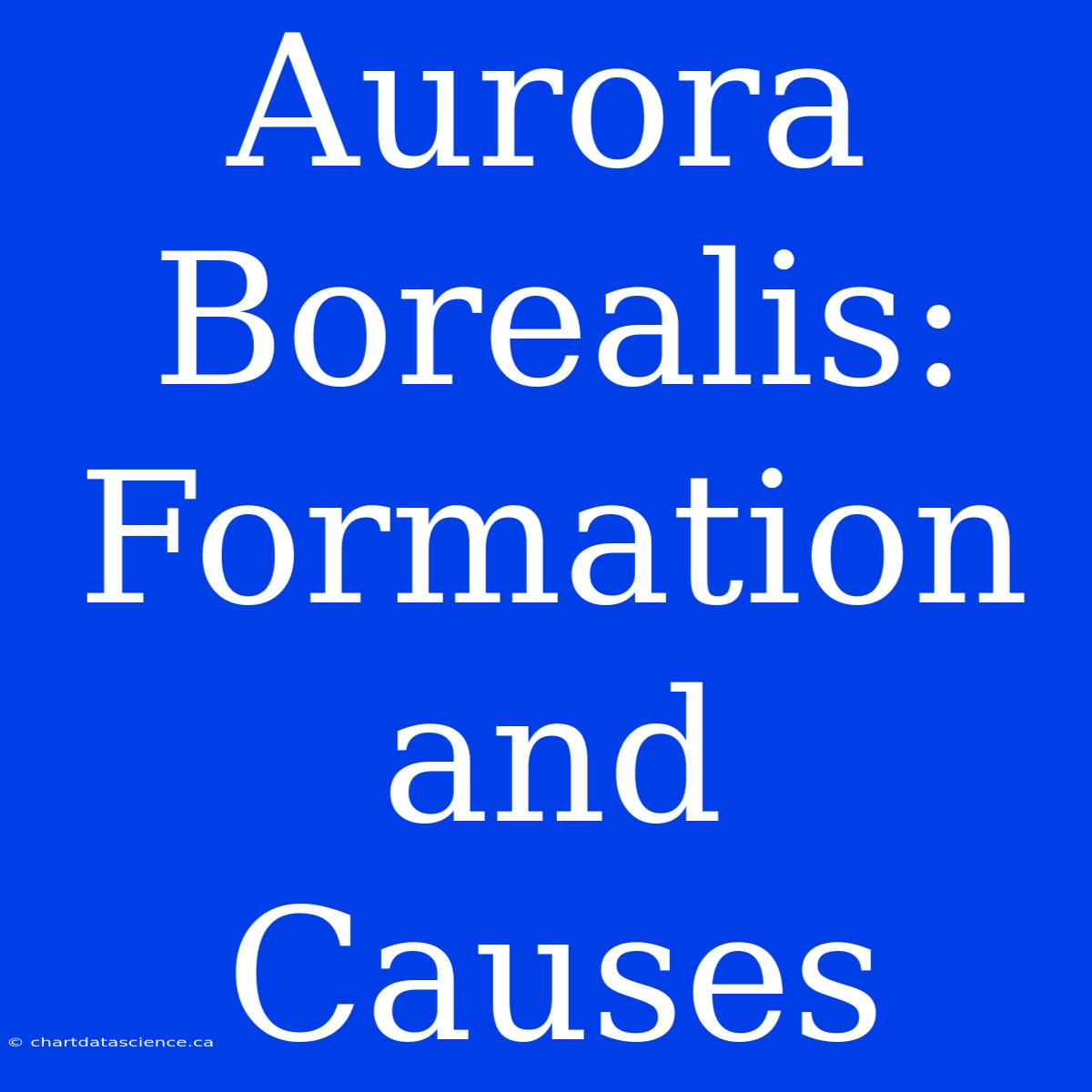Aurora Borealis: A Cosmic Dance of Light
Have you ever gazed up at the night sky and witnessed a mesmerizing display of swirling, vibrant colors? If you have, you've likely seen the aurora borealis, also known as the Northern Lights. This breathtaking natural phenomenon has captivated humans for centuries, sparking awe and wonder.
What exactly is the aurora borealis, and how does it happen? To understand the aurora, we need to delve into the heart of our solar system and the constant interplay between the sun and Earth.
The Sun's Influence
The sun, a giant ball of burning gas, continuously emits charged particles, creating what's known as the solar wind. This wind, a stream of electrically charged ions and electrons, travels at immense speeds through space.
When this solar wind reaches Earth, it encounters our planet's magnetic field, a protective shield that surrounds us. The magnetic field acts like a giant magnet, deflecting most of the solar wind away from Earth.
The Magnetic Dance
However, some solar wind particles manage to sneak through the magnetic field, particularly at the poles where the magnetic field lines converge. These particles are then guided down towards the Earth's atmosphere.
As they plunge through the atmosphere, they collide with gas molecules, mainly oxygen and nitrogen. These collisions cause the molecules to become energized, then release this energy as light. This is the aurora borealis!
A Symphony of Colors
The color of the aurora depends on the type of gas molecule the solar wind particles collide with and the altitude of the collision. For example, green aurorae, the most common, are created by oxygen atoms at altitudes around 100 kilometers. Red aurorae, on the other hand, result from high-altitude oxygen collisions around 300 kilometers.
More Than Just the North
While the aurora borealis is seen primarily in the Northern Hemisphere, its Southern Hemisphere counterpart, known as the aurora australis, exists as well. The auroras are similar in nature and are equally stunning.
Witnessing the Magic
Seeing the aurora borealis is a truly unforgettable experience. The best places to observe this natural spectacle are typically near the Arctic Circle, including locations like Alaska, Canada, Norway, Iceland, and Greenland.
So, if you're ever lucky enough to catch a glimpse of the aurora borealis, take a moment to appreciate the incredible cosmic dance that's unfolding above you. It's a reminder of the interconnectedness of our solar system and the awe-inspiring beauty of nature.

